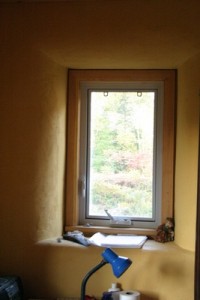 Window curves are one of the most distinctive features in straw bale homes, and are often a big consideration in the choice to go with straw bale over other forms of construction. But information on how to shape curves is sparse, so I thought I’d share some of what we’ve learned over years of doing bale work.
Window curves are one of the most distinctive features in straw bale homes, and are often a big consideration in the choice to go with straw bale over other forms of construction. But information on how to shape curves is sparse, so I thought I’d share some of what we’ve learned over years of doing bale work.
The first thing you really need to think about is radius of curve. To visualize this take a string nine inches in length, pin it at one end and attach a pencil to the far end. Now draw a quarter of a circle – this is roughly what a nine inch window curve looks like. Try the same thing with a 16″ length of string, and you’ll see how dramatically different this window curve would look. Generally we find large radius curves that open out quickly from the window are more popular because they let in more light and make the window seem larger.  However many people really like windows that come out straight and then have a smaller curve at the end. The sides of windows usually have curves anywhere from 9″ to 16″ radius.
However many people really like windows that come out straight and then have a smaller curve at the end. The sides of windows usually have curves anywhere from 9″ to 16″ radius.
Window tops and ledges can be straight or curved. Flat tops generally need some extra wood framing.
There are three steps to shaping a window – carving, stuffing, and attaching mesh.
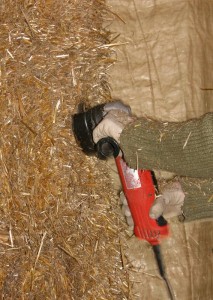 First you need to carve the bales to match the shape of the curve. We try to do the bale work fairly tight to the window, but typically the bales are set back 1.5″ because we push them up against the framing without notching. In preparation for shaping we cut one string, and carve the bale to the shape of the curve using a grinder with a lancelot blade. Cut a plywood template that you can hold up against all your curves as you grind them, to help keep them uniform over the curve and consistent from one to the next. Stand back and look at it from a few different angles. Try to get it perfect, but when in doubt err to the side of too low, you can always fill with plaster.
First you need to carve the bales to match the shape of the curve. We try to do the bale work fairly tight to the window, but typically the bales are set back 1.5″ because we push them up against the framing without notching. In preparation for shaping we cut one string, and carve the bale to the shape of the curve using a grinder with a lancelot blade. Cut a plywood template that you can hold up against all your curves as you grind them, to help keep them uniform over the curve and consistent from one to the next. Stand back and look at it from a few different angles. Try to get it perfect, but when in doubt err to the side of too low, you can always fill with plaster.
Next stuff loose straw in the voids. If the carving was done well, you hopefully won’t need too much stuffing. To finish the stuffing, you’ll need to attach the mesh to hold the loose straw in place.
We do a lot of our window shaping with tenax mesh instead of metal lath. If a curve is done well it is easily shaped with plastic mesh and a little stuffing, and is actually easier to plaster than curves shaped with metal. Curves that need a lot of stuffing are formed using metal lath, also called diamond lath (and sometimes ‘blood lath’ because it tends to draw blood from those working with it). Keep a consistent staple line with your mesh or lath, make sure it is on straight and even, and you should end up with an good curve.

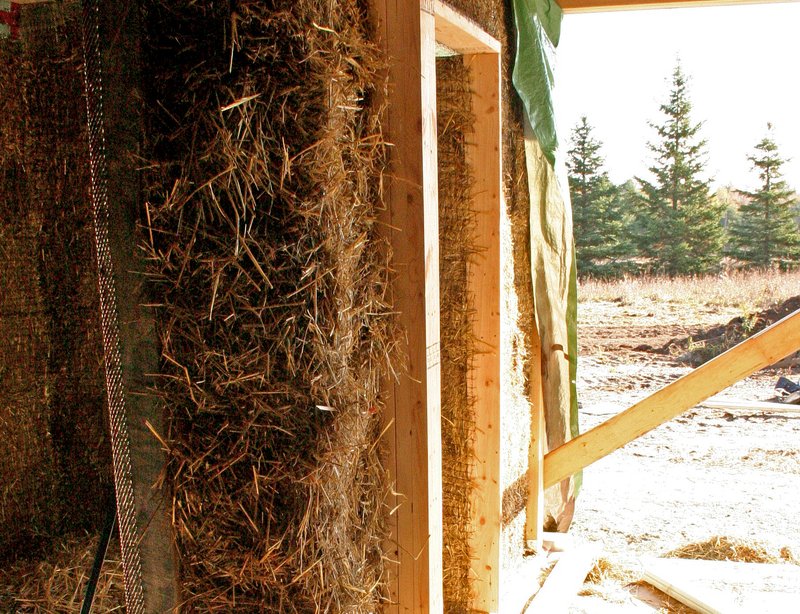
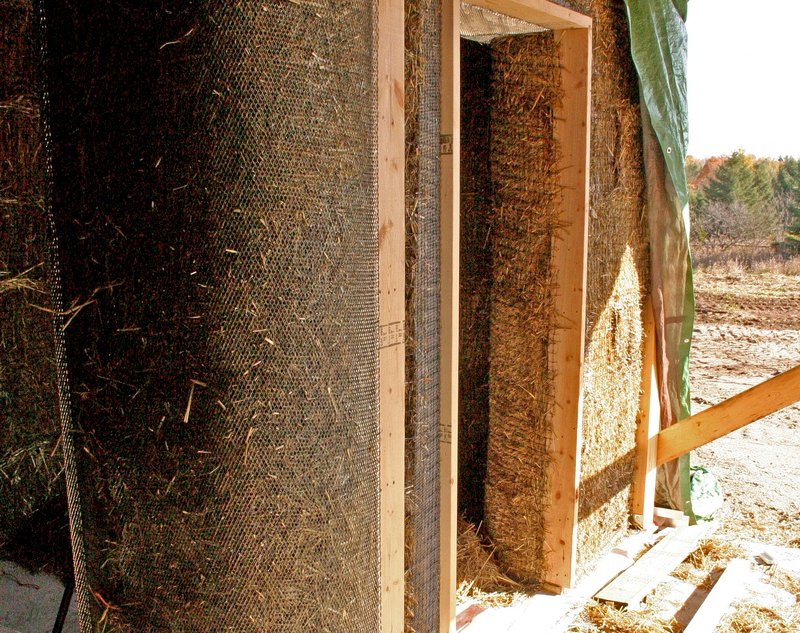
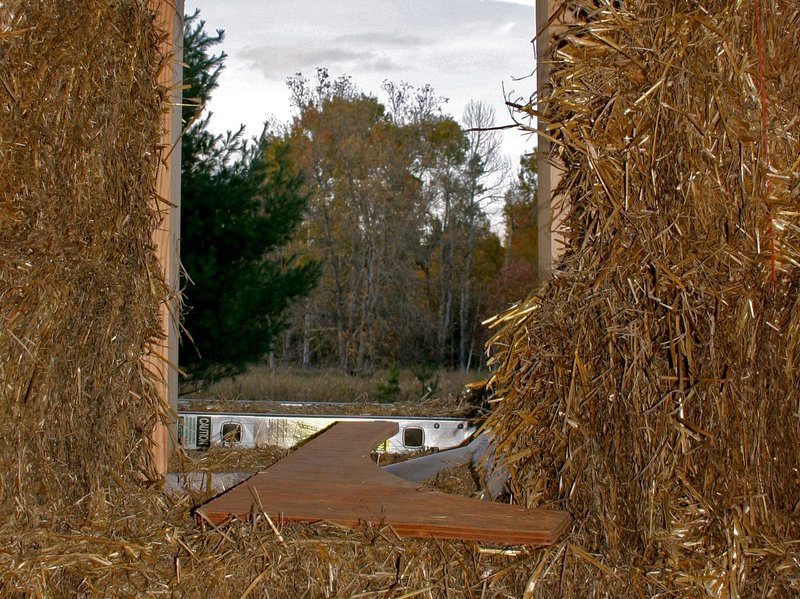
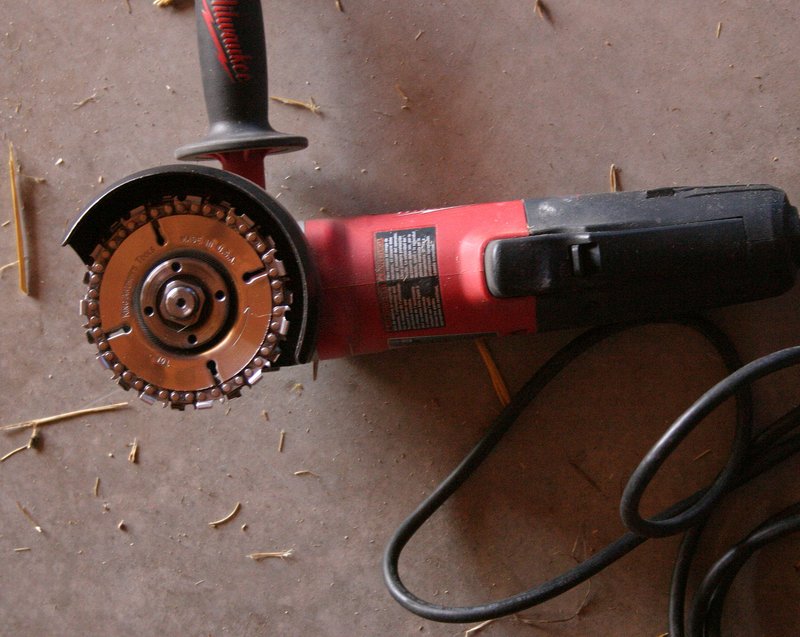
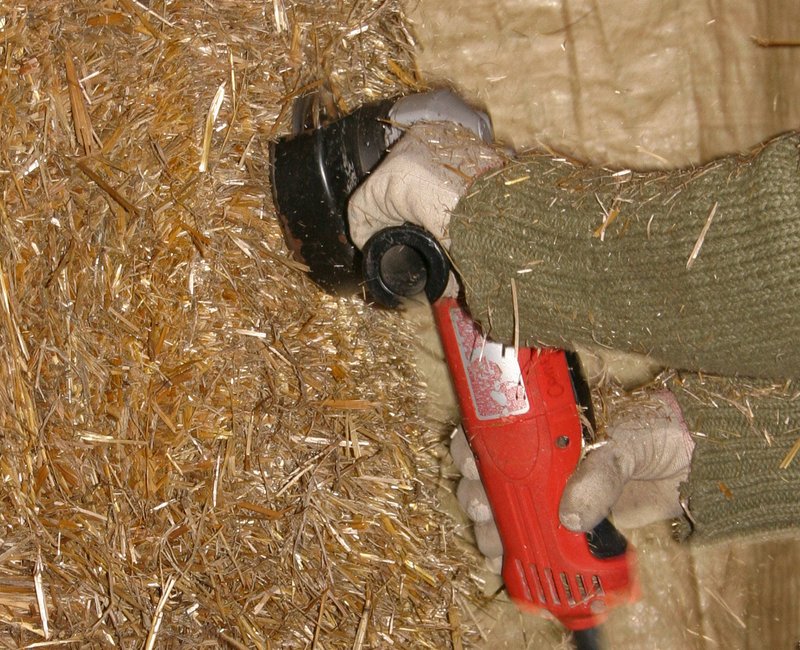
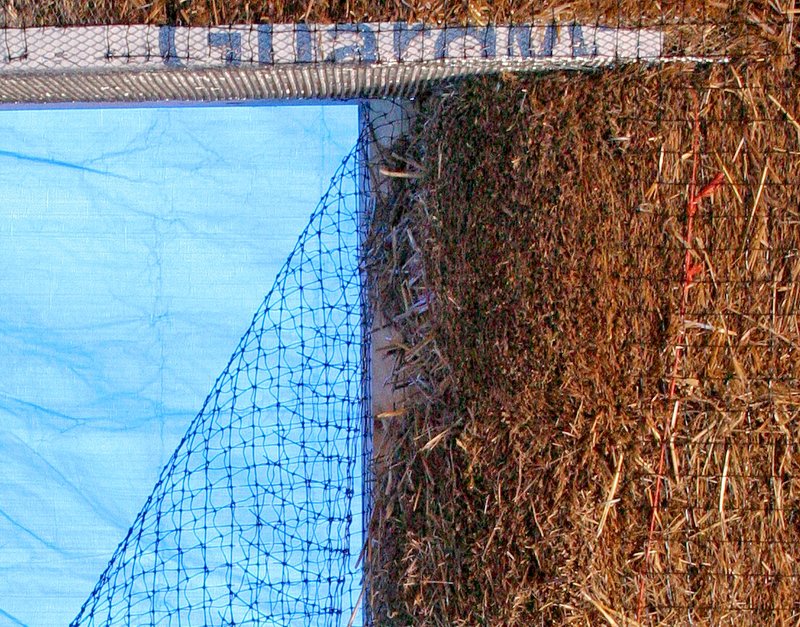
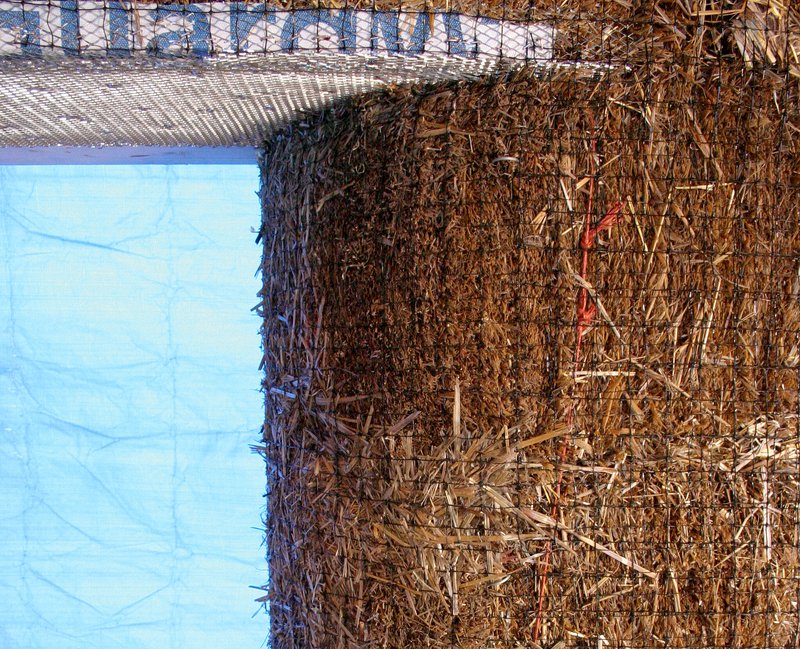
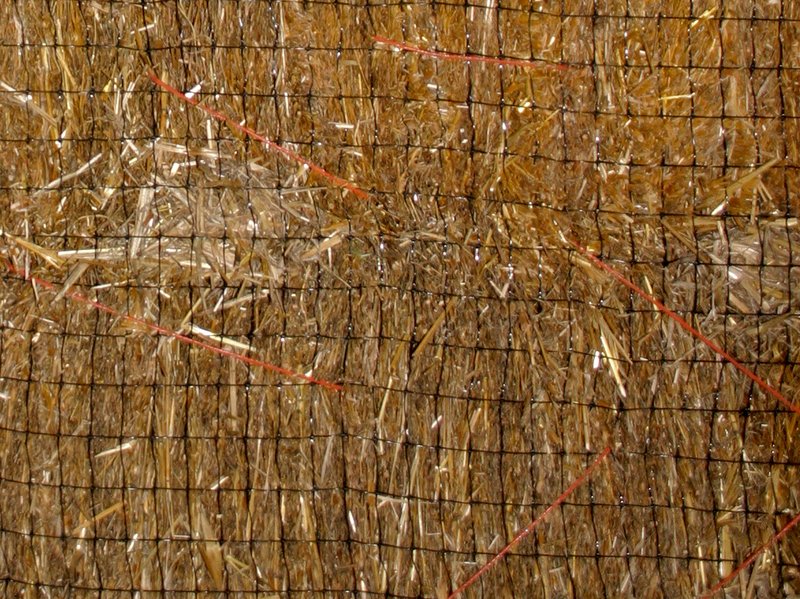
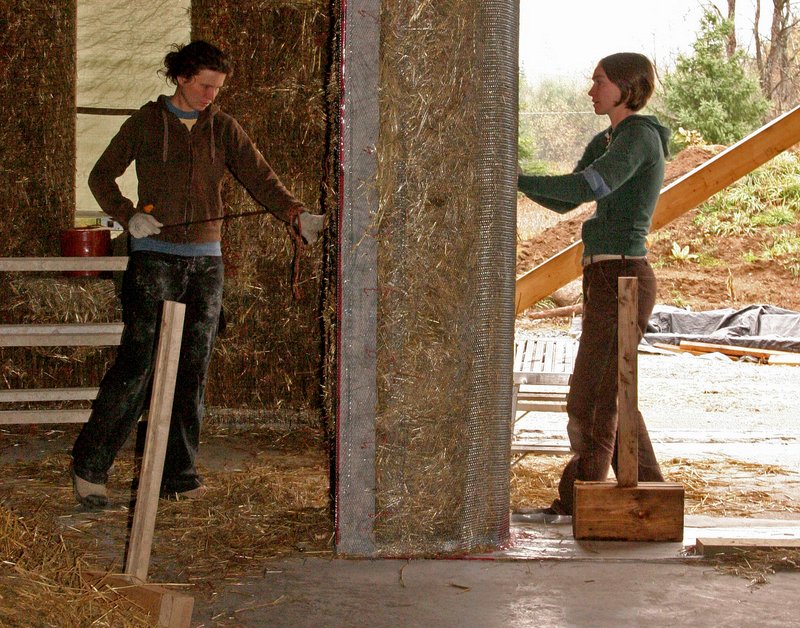
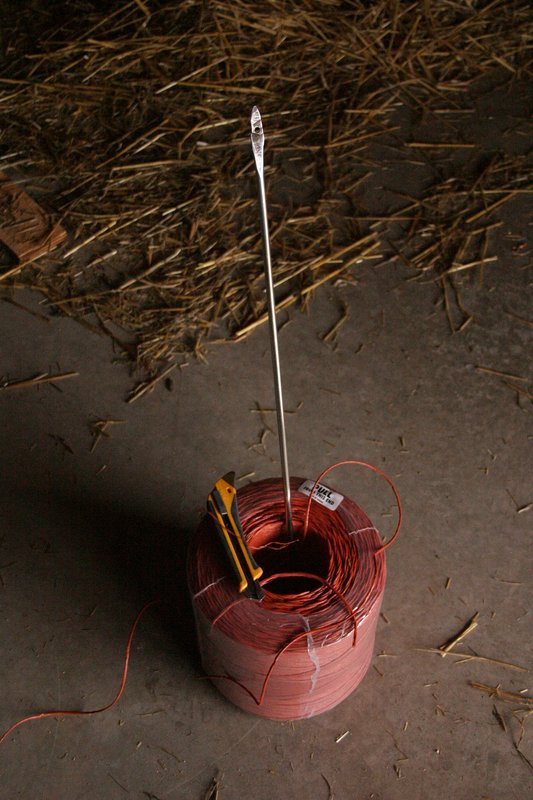
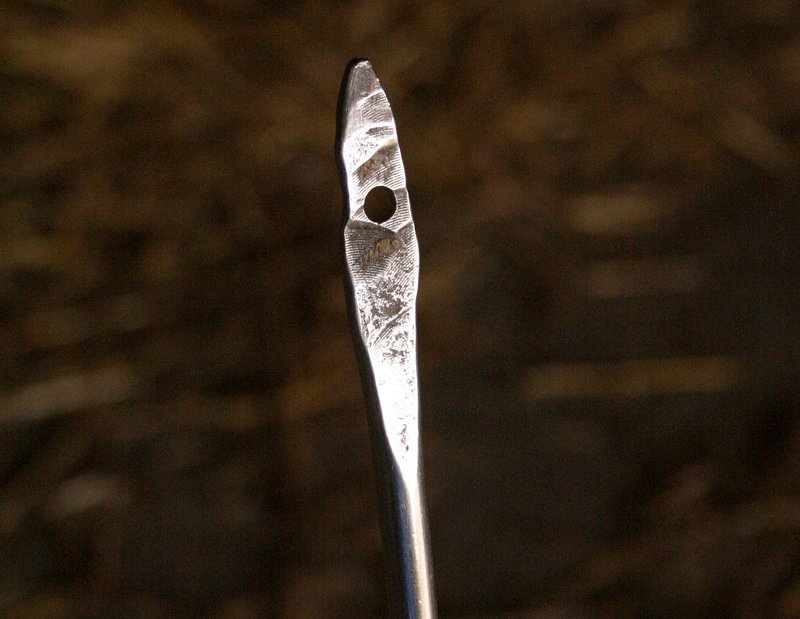
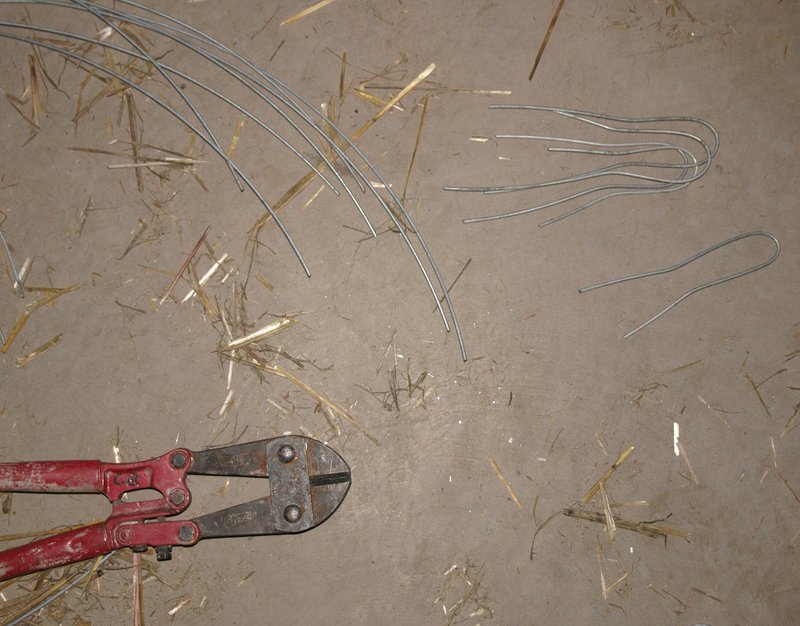
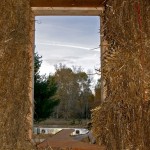
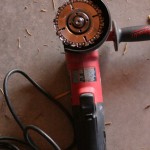
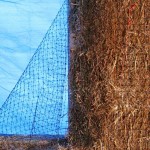
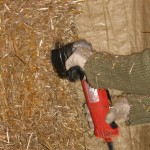
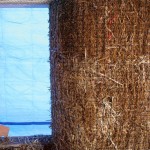
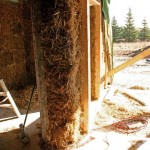
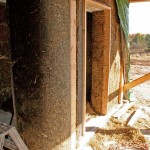
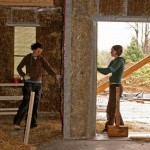
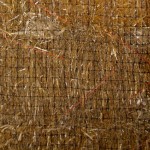
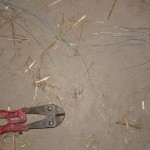
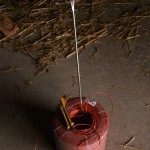
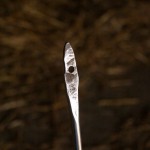

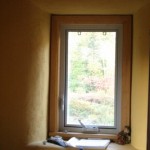
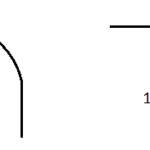
One comment